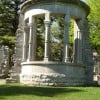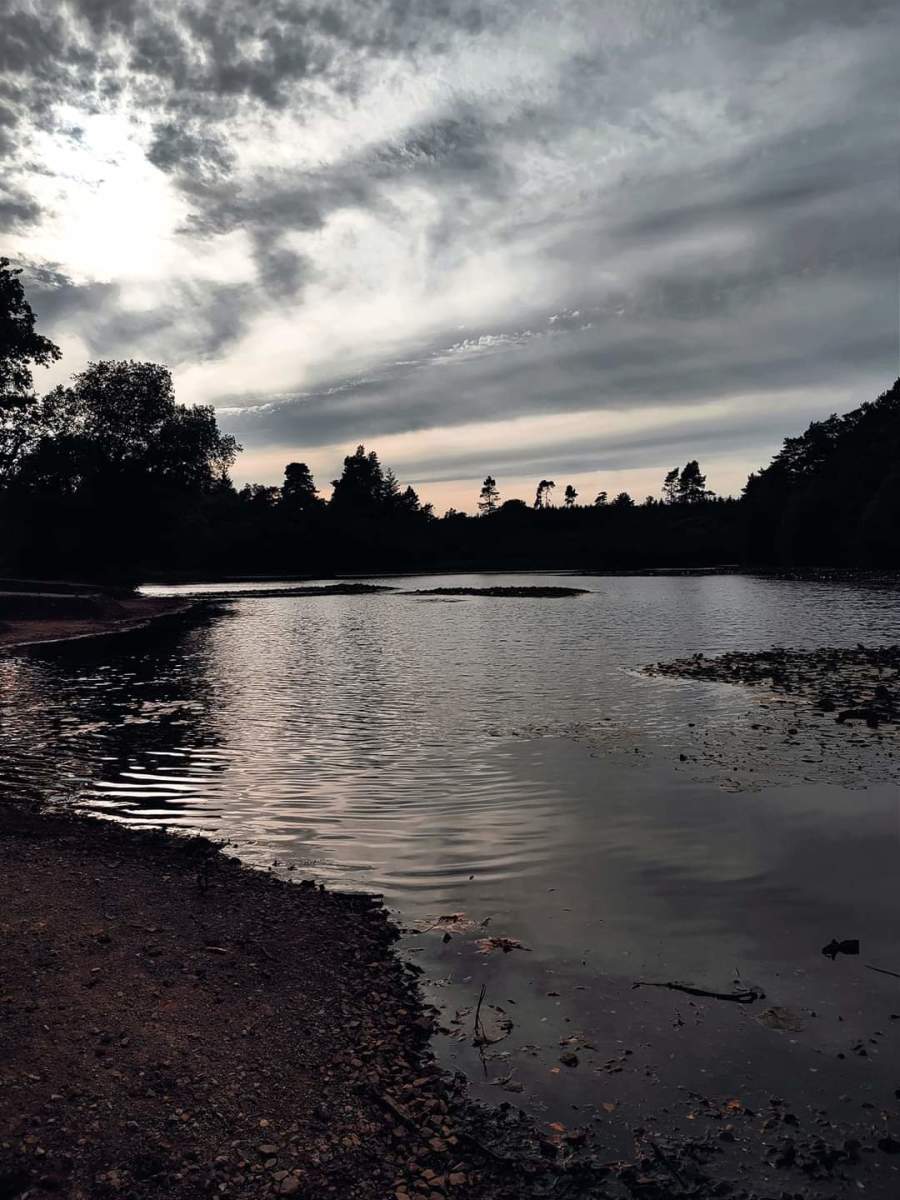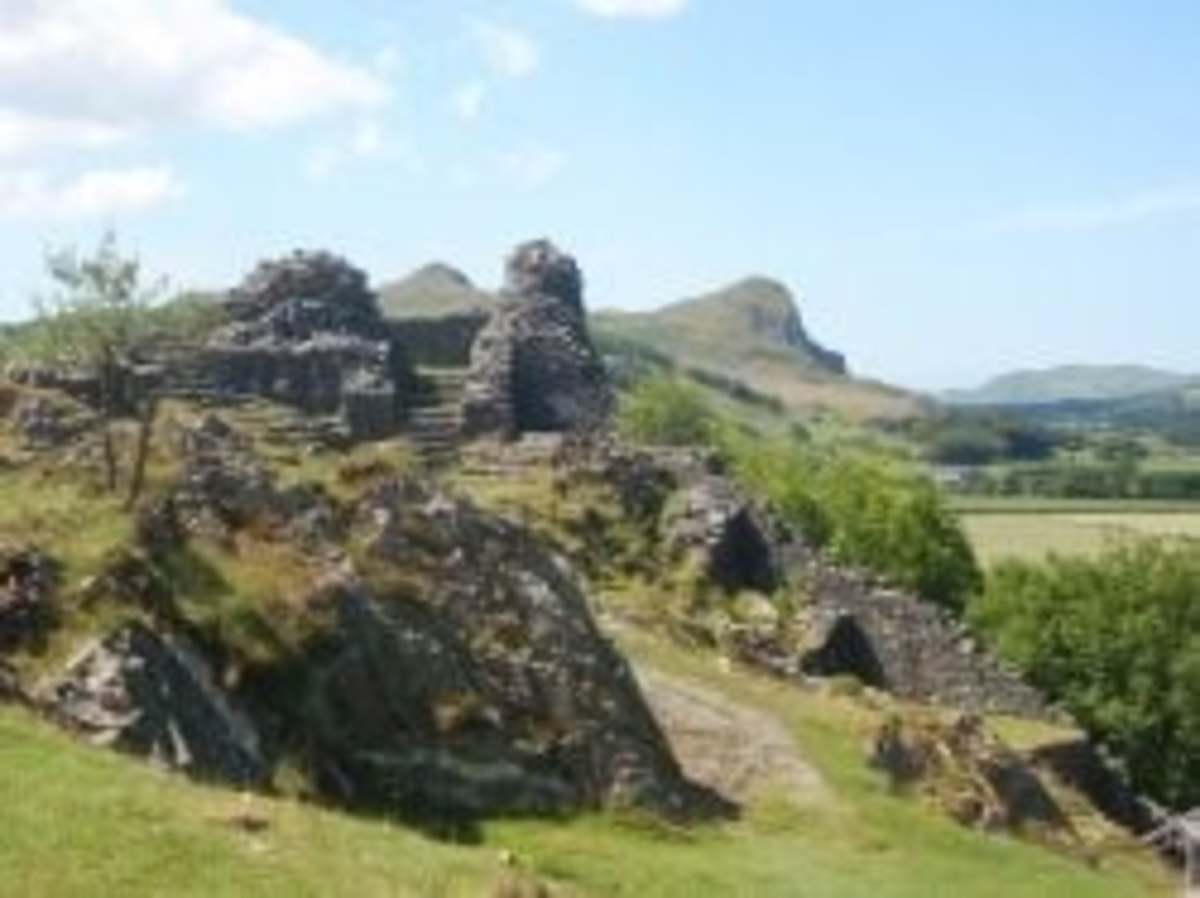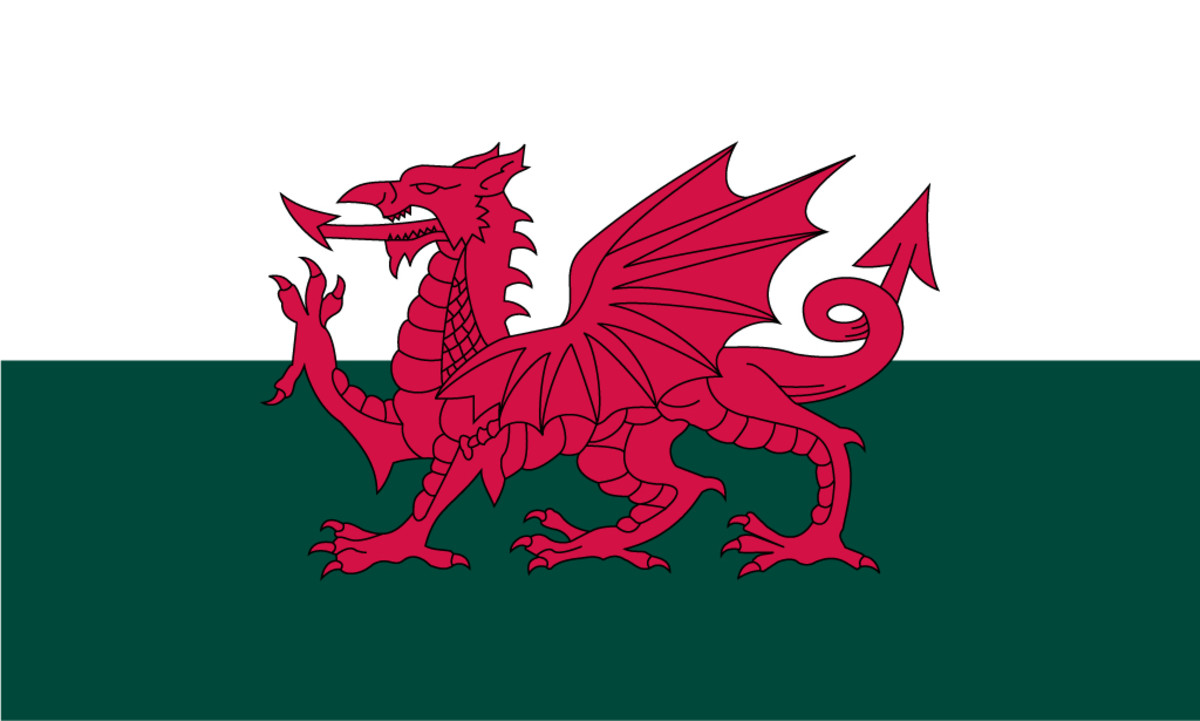- HubPages»
- Travel and Places»
- Visiting Europe»
- United Kingdom
Visiting the Glamorgan Building, Cardiff, Wales: fine example of Beaux-Arts style in Cathays Park
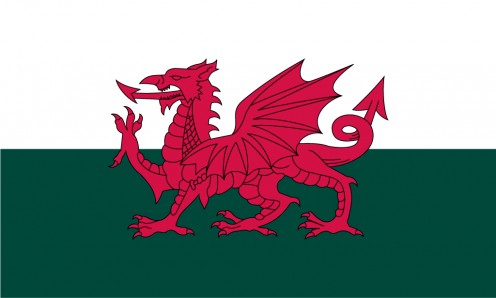
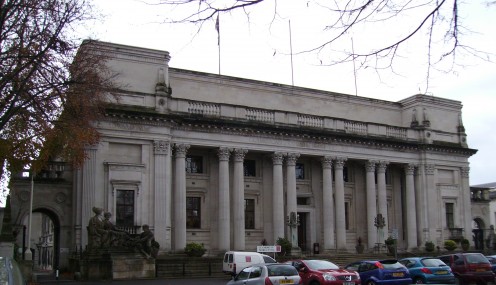

Pre-World War One sedateness in the heart of Wales's capital
This impressive building situated in Cardiff (Welsh: Caerdydd ), capital of Wales, is known as the Glamorgan Building (Welsh: Adeilad Morgannwg ).
Some history and features
The structure is executed in Beaux-Arts style (with undoubted Neo-Classical infuences). Among its more significant features are included a ten pillared frontage on King Edward VII Avenue, in Cathays Park (Welsh: Parc Cathays ).
The architects responsible were E. Vincent Harris (1876-1971)(1) and Thomas Anderson Moodie (1874-1948). Work was completed in 1911 and the building was officially the following year as a local government headquarters. The long-lived Architect Harris, who died in 1971, thus saw profound changes in the local environment in the 60 years following his work on the design.
At the King Edward VII Avenue frontage of the Glamorgan Building stand noteworthy statues, which are allegorical representations of two industries which have been historically important to Glamorgan: shipping and mining. One statue is of Neptune, symbolic of navigation, and another is of Minerva, symbolic of mining. Both these statues are the work of scuptor Albert H. Hodge (1875-1918).
Reorganization, and more reorganization...
The local government history of Wales in the 20th century was subject to repeated and sometimes drastic reorganization. The Glamorgan Building is so named because a number of administrative entities. Glamorgan County Council was based here for many years prior to 1974, when Glamorgan (Welsh: Morgannwg ) was divided into South Glamorgan (Welsh: De Morgannwg ), Mid Glamorgan (Welsh: Morgannwg Ganol ) and West Glamorgan (Gorllewin Morgannwg ). Subsequently, Mid Glamorgan, and also, initially, South Glamorgan, continued to use the building (2). While continuing to exist in some form, these administrative entities were further reoganized in 1996, leaving the Glamorgan Building redundant.
Cardiff University (Welsh: Prifysgol Caerdydd ), founded 1883, has likewise undergone a number of organizational and name changes, some of them far-reaching, but suffice it to say that in 1997 Cardiff University obtained the Glamorgan Building. The structure now houses the University's Schools of Social Sciences and of City and Regional Planning.
Notes
(1) Architect Harris worked on many other distinguished, municipal and university architectural projects; some of these buildings for which he was also responsible include: Manchester Central Library; Leeds Civic Hall; Sheffield City Hall; Bristol Council House; various buildings of the University of Exeter.
(2) The Glamorgan Record Office also used the Glamorgan Building for many years.
Also worth seeing
Cardiff has many distinguished structures, some of which include: the Welsh National War Memorial in Cathays Park, close to the Glamorgan Building; Cardiff City Hall; the National Museum of Wales; Cardiff Crown Court; Cardiff Castle; Llandaff Cathedral.
Castell Coch, Tongwynlais (distance: 7.7 kilometres) is a hillside, 19th century castle, reproducing Medieval designs.
...
How to get there: Continental Airlines flies to London Heathrow Airport , from where car rental is available. London Heathrow is approximately 222 kilometres from Cardiff . There are fast railroad links between London and Cardiff. Some facilities mentioned may be withdrawn without notice. For up to date information, please check with the airline or your travel agent.
MJFenn is an independent travel writer based in Ontario, Canada.
Other of my hubpages may also be of interest
- Visiting the Welsh National War Memorial, Cardiff, Wales: a fine, Neo-Classical structure evoking so
- Visiting Cardiff University, Cardiff, Wales: the grace of its historic Main Building in Cathays Park
- Visiting the Crown Court, Cardiff, Wales: imposing Portland stone building dating from 1904
- Visiting Cardiff, Wales and the statue of Aneurin Bevan: honouring the creator of the National Healt
- Visiting Cusop, Herefordshire: the last village in England on entering Wales
